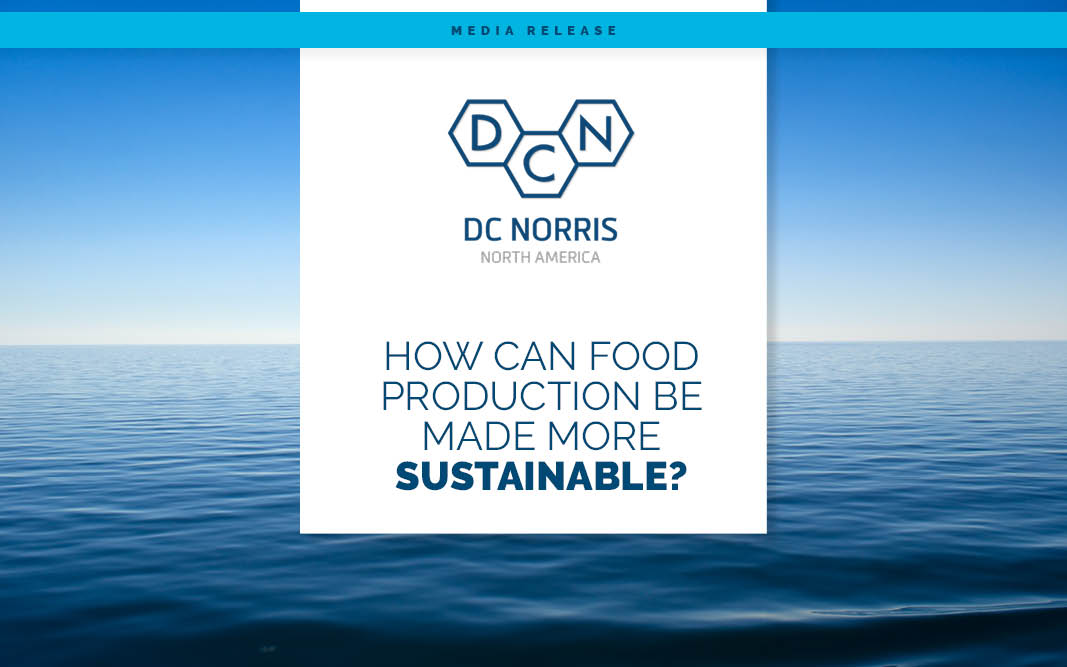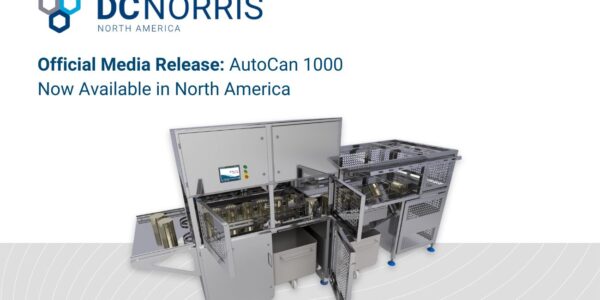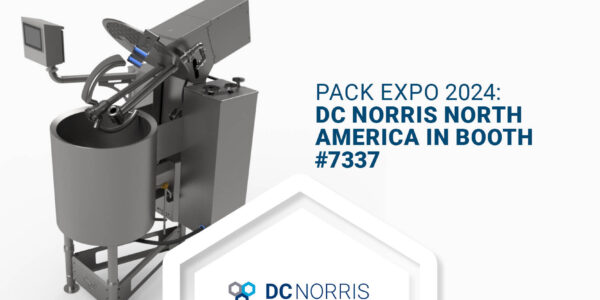How Can Food Production Be Made More Sustainable?
Sustainability is arguably one of the most common, yet challenging, topics when it comes to food manufacturing and production. As consumer values shift in favor of businesses and brands with a sustainability focus, how can food manufacturers keep up while remaining price competitive? Are the required equipment and infrastructure changes available? Better yet, where should food producers even begin?
How Do We Define Sustainability in Food Production?
While Tesla CEO and business mogul Elon Musk fears civilization may meet its demise if birth rates don’t increase, the very real possibility of 9.7billion people inhabiting this earth by 2050 looms just as large. And, if we hit 9.7billion people by 2050, experts suggest we’ll need to increase food supply by 50-70%. How will we do that without taxing a further burdened energy grid and water supply?
To start, let’s define sustainable food production. According to Foresight. The Future of Food and Farming Report, sustainable production is “a method of production using processes and systems that are non-polluting, conserve non-renewable energy and natural resources, are economically efficient, are safe for workers, communities, and consumers, and do not compromise the needs of future generations”.
So now and in the future, food production will need to shift in order to minimize environmental impact, conserve non-renewable energy and consider and protect the needs and resources for future food production.
What Aspects of Food Production Need the Most Urgent Reform?
As our population grows, the demand for food will grow with it and food producers will be challenged to produce more with less. The two most urgent sustainability issues in food production are:
- Resource Use Efficiency – The European Commission defines resource use efficiency as ‘using the Earth’s limited resources in a sustainable manner while minimizing impacts on the environment. It allows us to create more with less and to deliver greater value with less input.’
- Resource Conservation – the USDA Defines conservation, ‘conservation is generally held to include the management of human use of natural resources for current public benefit and sustainable social and economic utilization. Conservation is the careful maintenance and upkeep of a natural resource to prevent it from disappearing.’
What DC Norris Equipment Supports a Sustainability Focus?
DC Norris has a 50-year commitment to innovation in food processing machinery, continuously evolving to meet the needs and demands of clients, customers, and the planet we share. Improving equipment and streamlining processes to improve resource use efficiency and resource conservation is a long-standing focus. Most recently, DC Norris launched the Cook Quench Chill ‘Adapt’ System which is the most efficient CQC on the market.
Cook Quench Chill ‘Adapt’ Reduces Carbon Footprint
The CQC ‘Adapt’ incorporates a variety of energy and resource-saving and conservation features. The system is designed to be hyper-efficient and highly adaptable to each producer’s batch needs and sizes.
GENERAL CQC ‘ADAPT’ RESOURCE EFFICIENCY FEATURES:
- All 3 tanks (cook, quench, chill) have a separate weir to allow the starch to be run off during each change, requiring less frequent water changes.
- Three water level options according to product and batch size create water and energy savings.
- The CQC ‘Adapt’ System utilizes energy-saving pumps.
HEATING EFFICIENCIES IN THE CQC ‘ADAPT’ SYSTEM:
- Jet Cook™ water heating speeds up processing and cleaning.
- The Jet Cook™ operates by collapsing steam into the product at high velocity through a specially designed nozzle. As the steam collapses it pulls the product (liquid) through, creating a recirculating effect (partial vacuum) in the re-circulating pipe. 99.5% of the steam is utilized and then collapsed into the product, ensuring huge energy savings.
- Jet Cook™ replaces Heat Exchangers which can scale and impact heat up times.
AGITATION EFFICIENCIES IN THE CQC ‘ADAPT’ SYSTEM:
- Variable Wave Agitation System pumps hot water from the Cook Tank through to the wave nozzles positioned at the rear of the cook basket.
COOLING EFFICIENCIES IN THE CQC ‘ADAPT’ SYSTEM:
- Cooling times are reduced with smaller tank sizes.
- Continuous water chilling and re-cycling of the water in the final chill vessel.
CLEANING EFFICIENCY IN THE CQC ‘ADAPT’ SYSTEM:
- Unique CIP system – The pipework can be cleaned-in-place using water heated by the in-tank Jet Cook™ system.
Ready to Learn More?
Whether the CQC ‘Adapt’ System sounds like an appropriate fit for your production needs or you’d like to explore the sustainability features of our other equipment and systems, we’re here to help. From labor savings to ingredient reductions and yield improvements, DC Norris North America is on hand to assist with expert engineers and experienced leaders.



